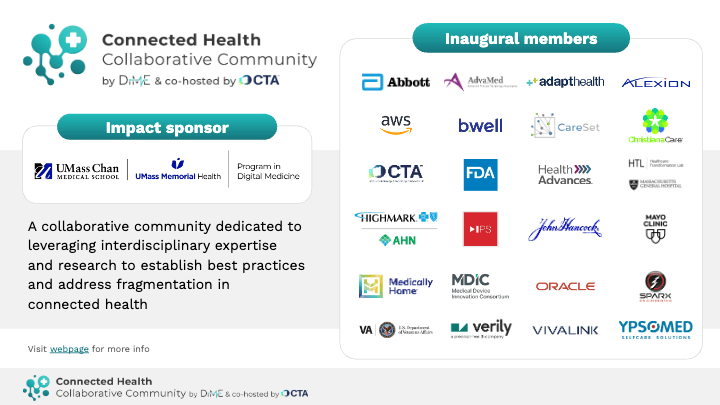
Designing for dignity: Why aging in place of choice must guide the future of care
As the U.S. population gets older, the conversation around aging rapidly shifts from crisis management to intentional design. At last week’s Consumer Technology Association (CTA)® HealthFuture Summit, it became clear that aging is not a challenge to be solved—it’s an opportunity to innovate.
Older adults want what we all want: the ability to live safely, independently, and comfortably in their chosen place. However, while 89% of Americans aged 50 and older say aging in their home and community is important, most face significant barriers to making that a reality. Aging in place of choice remains out of reach for many due to rising care costs, fragmented technology, limited caregiver support, and a lack of coordinated infrastructure. This isn’t just a healthcare issue. It’s a system design issue, and we have the tools to solve it if we act with urgency and collaboration.
From preference to possibility: Reframing aging in place
Too often, aging in place happens by default, not by design. The absence of better options or adequate support systems means older adults stay in homes that may not be safe or equipped for their evolving needs. Falls, unmanaged chronic conditions, and isolation often lead to avoidable hospitalizations, emergency department visits, or transitions into institutional care.
But aging in place of choice is different. It means empowering individuals with the right blend of human care, digital tools, and environmental supports to thrive where they want to be. It requires scalable, sustainable solutions that augment—not replace—the roles of care partners and clinicians. It also demands that we move beyond pilot projects and point solutions to a coordinated ecosystem that can meet this growing demand at scale.
Designing with intention: Technology that supports aging in place
One of the most promising signals at the CTA HealthFuture Summit was the growing recognition that fit-for-purpose technology can extend the reach of care while respecting the dignity of aging adults. Radar-based fall detection, smart appliances that monitor behavioral changes, and simple user interfaces that reduce cognitive load are just a few examples.
When thoughtfully deployed, these tools can reduce reliance on in-person services, support early intervention, and give families peace of mind. But they must be designed with the end user in mind. That means long battery lives, minimal maintenance, intuitive design, and a clear role in care coordination.
As one speaker noted, the future isn’t more tech—it’s tech that works for people and integrates seamlessly into existing workflows.
The human element: Supporting care partners and social connection
Technology cannot replace the need for human connection and caregiving. With over 37 million unpaid care partners in the U.S. alone, the burden of care is only increasing, and many are operating without the training, tools, or support they need.
Models that blend in-person care with virtual check-ins, community-based support, and mobile workforces are gaining traction. The idea of a “mobile workforce of professional grandchildren” who provide tech support, companionship, and basic health check-ins exemplifies hybrid models that can be scaled with the right investment.
Aging in place of choice is not just about safety—it’s about quality of life.
Exploring the foundation for scalable aging in place
At DiMe, we’re building on these insights through the Connected Health Collaborative Community (CHcc), co-hosted by DiMe and CTA, to define the infrastructure, incentives, and best practices needed to support aging in place of choice.
“By convening around best practices and supporting innovation to enable aging in place of choice, we’re excited about the opportunities the partnership with DiMe and CHcc will discover. We see a future where connected health technology enables and enhances aging and well-being,” said Kerri Haresign, Sr. Director of Technology & Standards at CTA.
Together with healthcare providers, payors, innovators, and advocates, we aim to:
- Define a scalable tech stack for aging in place
- Identify use cases where technology can safely augment in-person care
- Develop real-world case studies and evidence frameworks to drive payor reimbursement, investment, and adoption
- Create resources for provider education, caregiver support, and coordinated care delivery models
Our goal is simple: to ensure older adults can access the care, connection, and coordination they need to age wherever they choose—with dignity, safety, and support.
A call to action
Aging in place of choice is no longer a distant ideal. It is an urgent, achievable goal that demands alignment across technology, healthcare, and policy. The question is no longer if we can support aging at home—it’s how we will do it well for everyone.
The path forward is clear. Now is the time to scale what works, close the gaps, and co-create a future where aging in place of choice is not the exception, but the norm.
Interested in joining the initiative? Secure your seat at the table with thought leaders driving the future of connected health—sign up today!

